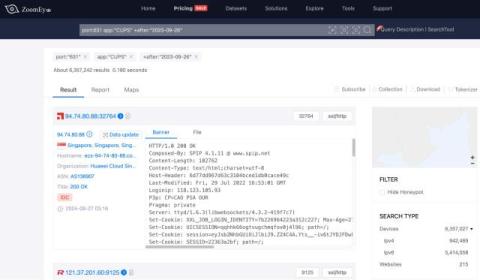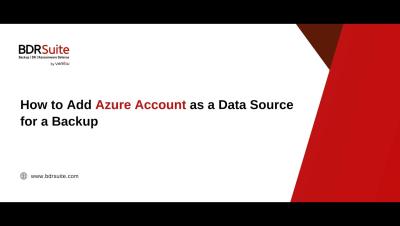An Introduction to Threat Monitoring
According to CIS, just in the first half of 2024, malware-based threats rose by 30% from 2023. A similar 30% year-over-year increase was also found in cyber attacks in 2024 in a report by Check Point Research. With such alarming statistics, it is evident that the need for threat monitoring has become more critical than ever before. In this blog post, we'll explore what threat monitoring entails, why it's essential, and how you can implement best practices to safeguard your business.











